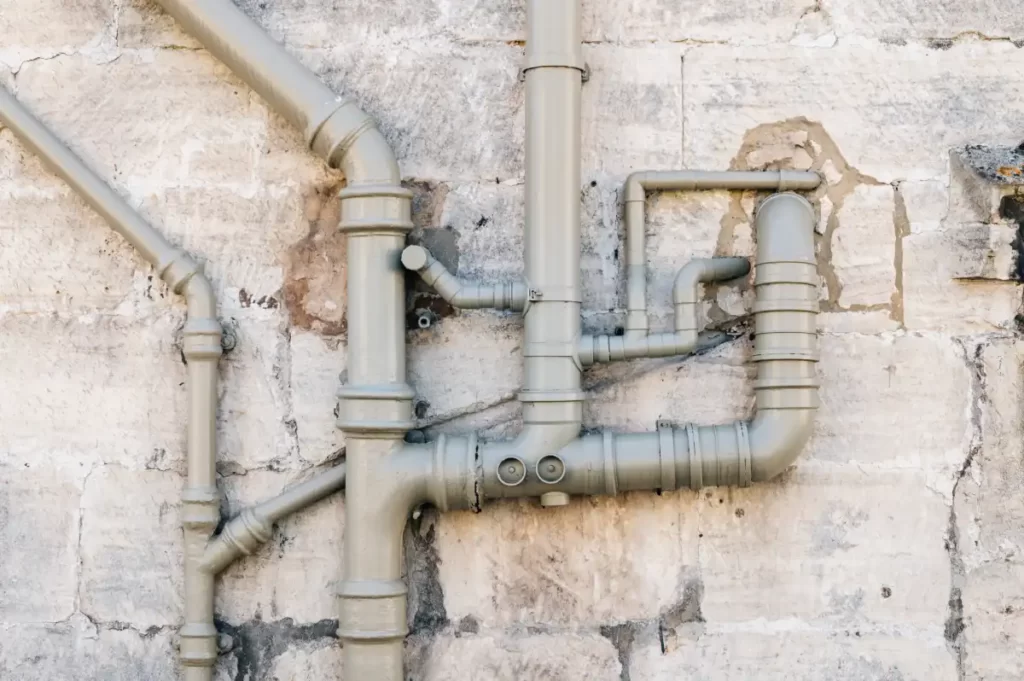- mag@makplumbingtx.com
- P.O Box 4200 Austin, Texas 78765-4200
Sewer Line Repair and Replacement is a critical aspect of home maintenance that can significantly impact your property’s functionality and value.
Understanding the intricacies of this process is essential for homeowners and property managers alike. In this comprehensive guide, we delve deep into the world of Sewer Line Repair and Replacement, providing expert insights and answering frequently asked questions to ensure you’re well-informed and prepared for any sewer-related issues.
Sewer Line Repair and Replacement involves addressing various issues that can disrupt your plumbing system’s functionality.
These issues are often caused by factors such as tree root intrusion, pipe corrosion, and blockages. By understanding these problems, you can take proactive measures to prevent them.
Sewer line problems can arise due to several factors, including:

Detecting sewer line damage early is crucial to prevent extensive and costly repairs. Keep an eye out for these common signs that indicate your sewer line may be compromised.
Unusual Odors
Foul odors in your yard or home could be a sign of sewer line issues. These odors may result from sewage backups or leaks, indicating a need for immediate attention.
If multiple fixtures in your home, such as sinks and toilets, are draining slowly, it could signify a blockage or damage in your sewer line. Prompt action is necessary to prevent further damage.
Delaying sewer line repairs can lead to more extensive damage and higher costs. Addressing the issue promptly not only saves you money but also ensures the continued functionality of your plumbing system.
While some homeowners may consider DIY repairs, it’s crucial to weigh the pros and cons before attempting any sewer line work.
DIY sewer repairs can lead to costly mistakes and potential health hazards. Hiring a professional with the right expertise and equipment is often the safer and more cost-effective choice.
When it comes to sewer line replacement, you have two primary options: trenchless and traditional methods.
Trenchless technology allows for sewer line replacement without extensive digging. It’s a quicker and less disruptive option, making it increasingly popular among homeowners.
Traditional sewer replacement involves digging a trench to access and replace the damaged pipe. While it may be necessary in some cases, it’s generally a more labor-intensive and time-consuming process.
The cost of sewer line repair or replacement can vary significantly based on several factors. Understanding these factors can help you budget accordingly.
The material of your sewer line, such as PVC, cast iron, or clay, can impact repair costs. Some materials are more durable and costly to replace than others.
The severity and extent of damage to your sewer line will directly affect the cost. Minor repairs may be more affordable than a full replacement.
The location of your sewer line and the ease of access for repair or replacement equipment can also influence the final cost.
Selecting the right professional for your sewer line repair or replacement is crucial to ensure a successful and stress-free experience.
Always verify the credentials of the service provider, including licenses, insurance, and certifications. This step helps guarantee quality workmanship.
Obtaining multiple quotes from different professionals allows you to compare costs and services, helping you make an informed decision.
Preventing sewer line issues through regular maintenance is a wise strategy. Simple steps can go a long way in preserving the health of your sewer system.
Regular inspections by professionals can identify potential issues early, allowing for timely intervention and cost savings.
Proper disposal of waste, including avoiding flushing non-biodegradable items, can prevent clogs and damage to your sewer line.
Understanding your homeowner’s insurance policy is essential to determine whether it covers sewer line damage. This knowledge can save you from unexpected financial burdens.
In today’s environmentally conscious world, considering the environmental impact of sewer line repair and replacement is crucial.
Some repair methods prioritize sustainability and minimal environmental disruption. These options can align with your eco-friendly values.
Ensuring the proper disposal of waste materials during sewer line work helps protect the environment and your community.
Our team of experienced professionals is committed to delivering fast and high-quality solutions.
© 2023 Mak Plumbing Service – All Rights Reserved. Designed by Konopy Web and Graphic Design